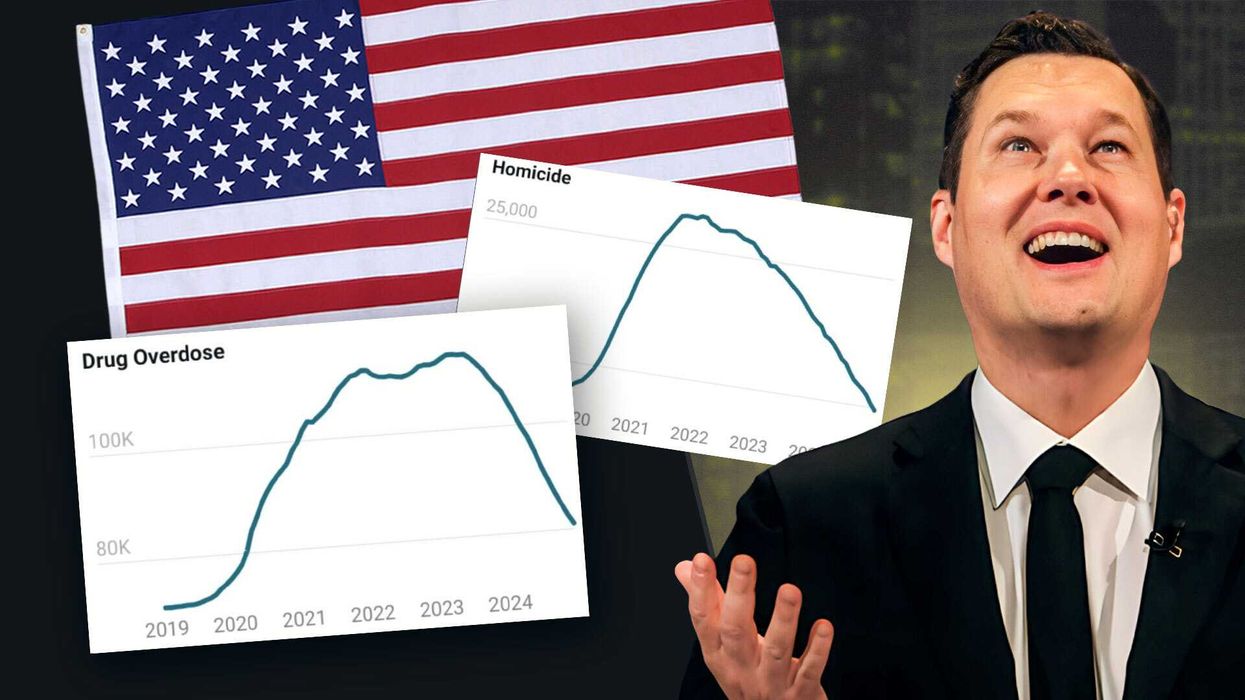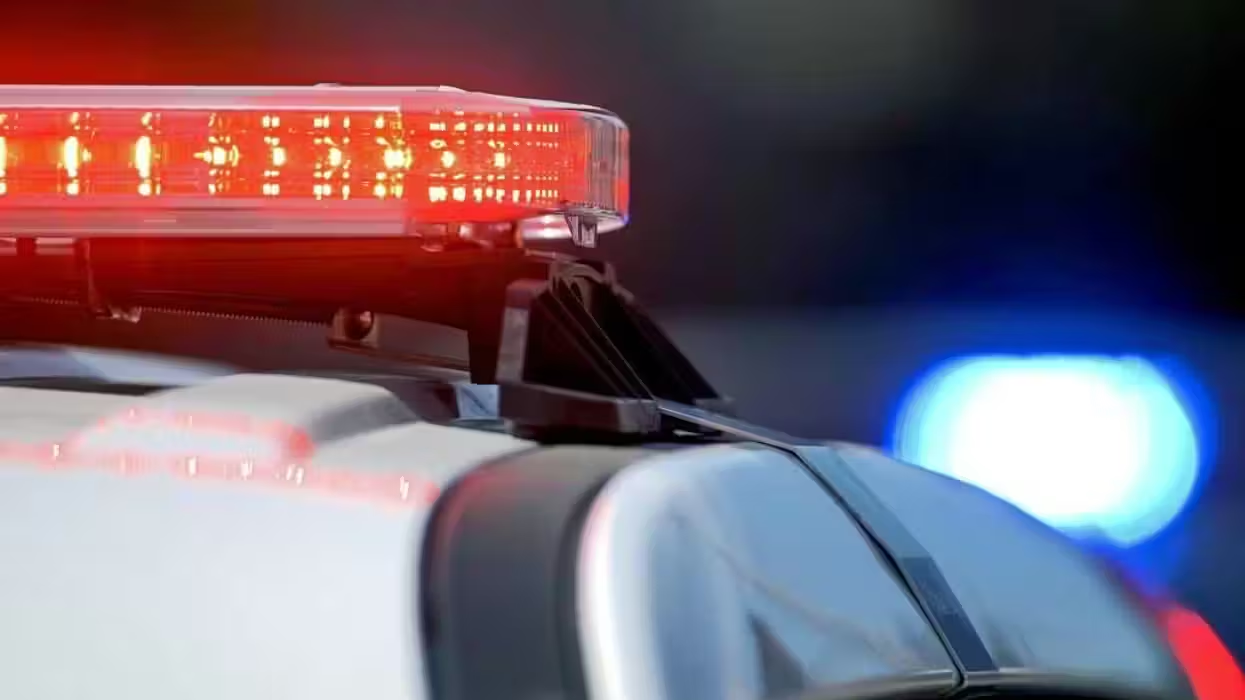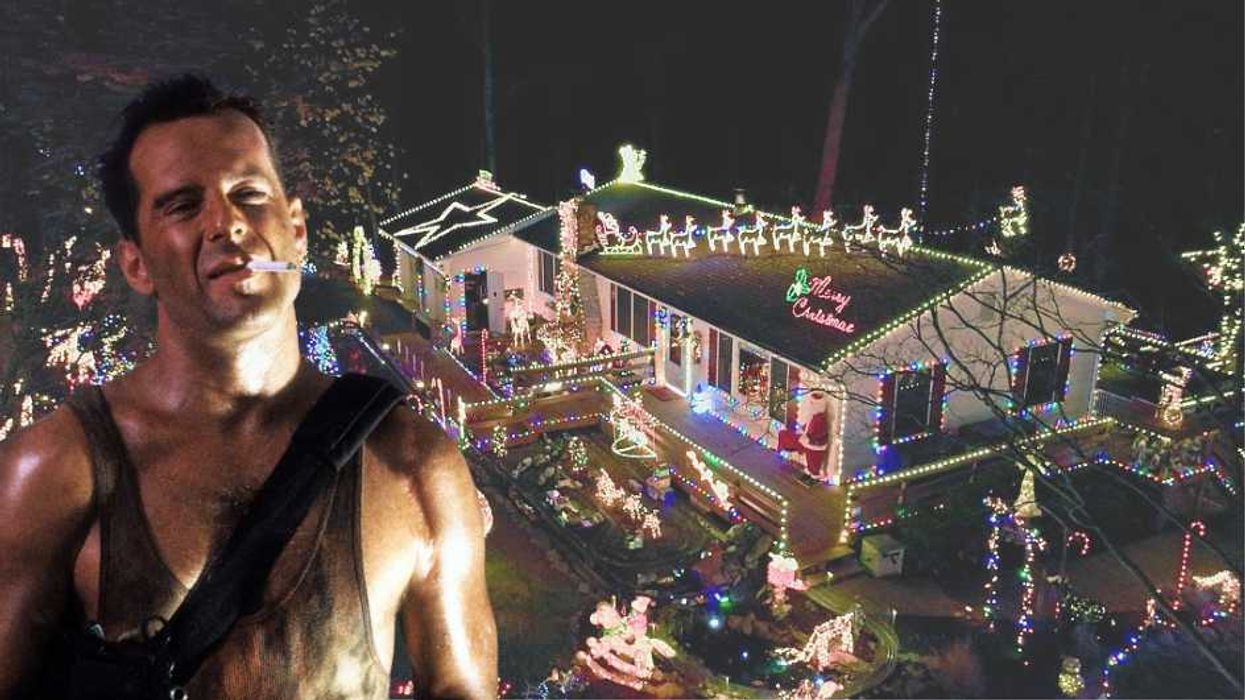
© 2025 Blaze Media LLC. All rights reserved.
"Your tax dollars at work."

In the Cold War era -- when fallout shelters were being constructed and students were practicing duck and cover drills -- the U.S. government was conducting a multitude of tests for what would happen should a radioactive bomb be dropped -- and how to go about life afterward.
One of these tests was on beverages.
Science historian Alex Wellerstein recently posted about this 1955 study -- Operation Teapot -- on The Nuclear Security Blog:
Operation Teapot was a series of fourteen nuclear weapons tests conducted in 1955 at the Nevada Test Site, and a number of them were specifically for getting information on nuclear effects for use in Civil Defense. One of these tests, dubbed Operation Cue, was “open” in the sense that the press was allowed to observe it, and it involved nuking a “Survival Town” full of mannequins, the pictures of which were featured prominently in The Atomic Café and were the inspiration for that improbable opening scene to the most recent Indiana Jones movie.

One of the questions the study sought to answer was, as Wellerstein puts it, "What will the survivors drink in the post-apocalyptic world?" Specifically, how would packaged beverages like soda and beer in glass and metal containers react toward radiation?
Wellerstein explains that the bottles of different liquids were placed as close as 1,056 feet away and as far as two miles away from "Ground Zero."
The images below are from the study:



What Project 32.2 found is that even after nuclear blasts, beverages in commercially packaged containers -- those still intact after detonation -- did not significantly take up radioactive material. The study abstract states these liquids could therefore be used as "potable water sources for immediate emergency response as soon as the storage area is safe to enter after an explosion.
The containers themselves did show some "induced radioactivity," but the beverage themselves went unharmed.
Unfortunately, when it came to the taste -- especially that of beer --- it was altered a bit after the blasts.
Wellerstein writes with a sarcastic edge, "Not satisfied with their spot taste testing, they sent the radioactive beer on to careful laboratory study. And lo, it tasted acceptable, but not very good! Your tax dollars at work."
Read more of Wellerstein's description of the study here. He has also written on what a nuclear apocalypse would do to paper records and how the government would go about conducting "mortuary service."
Check out the full study of the government testing beverage containers exposed to nuclear blasts here.
(H/T: NPR)
Want to leave a tip?
We answer to you. Help keep our content free of advertisers and big tech censorship by leaving a tip today.
Want to join the conversation?
Already a subscriber?
more stories
Sign up for the Blaze newsletter
By signing up, you agree to our Privacy Policy and Terms of Use, and agree to receive content that may sometimes include advertisements. You may opt out at any time.
Related Content
© 2025 Blaze Media LLC. All rights reserved.
Get the stories that matter most delivered directly to your inbox.
By signing up, you agree to our Privacy Policy and Terms of Use, and agree to receive content that may sometimes include advertisements. You may opt out at any time.






